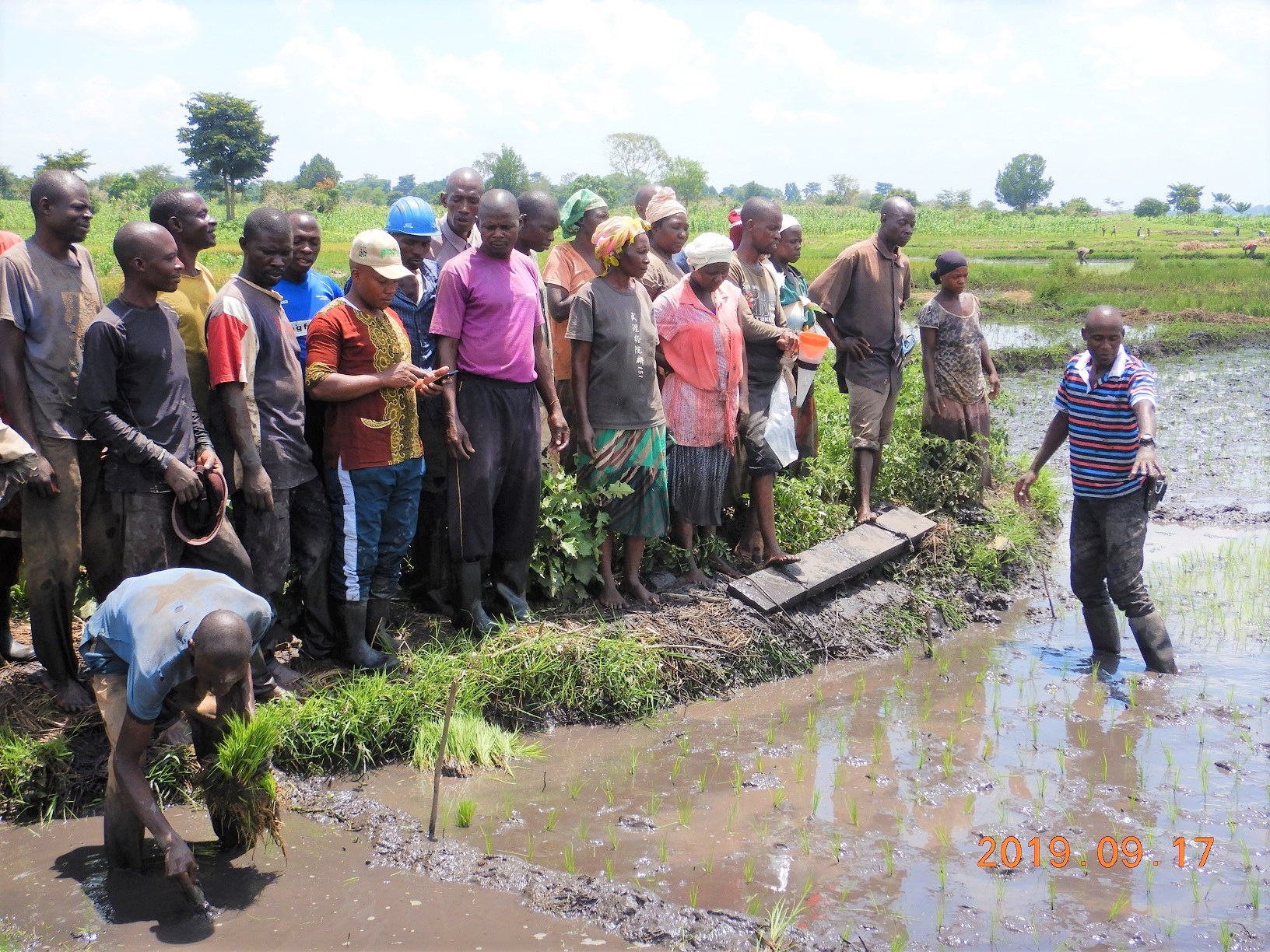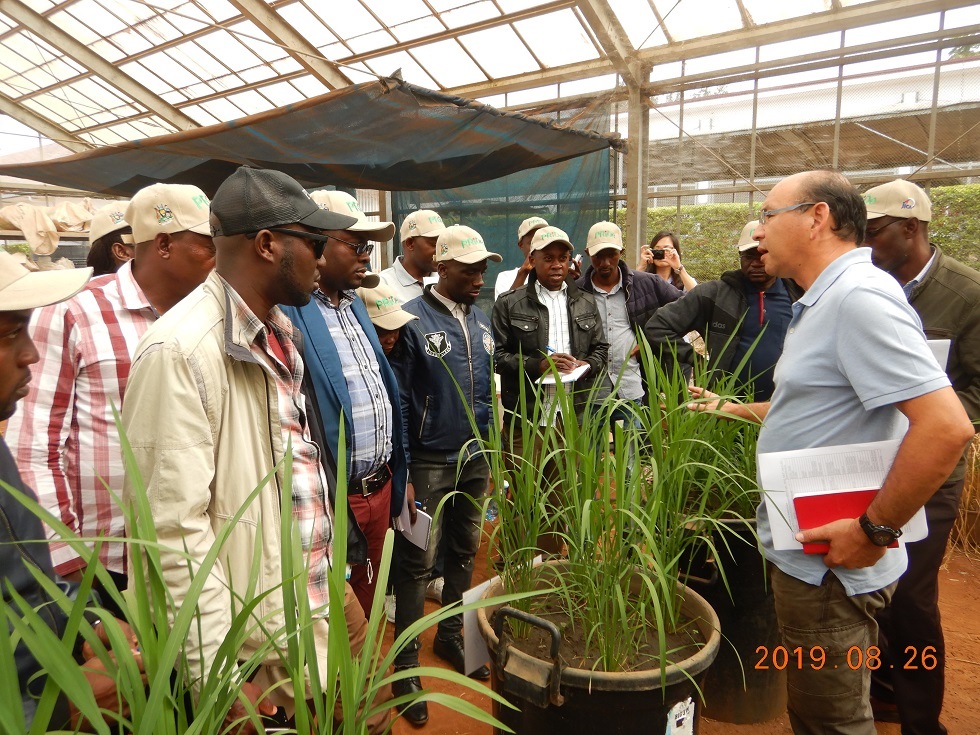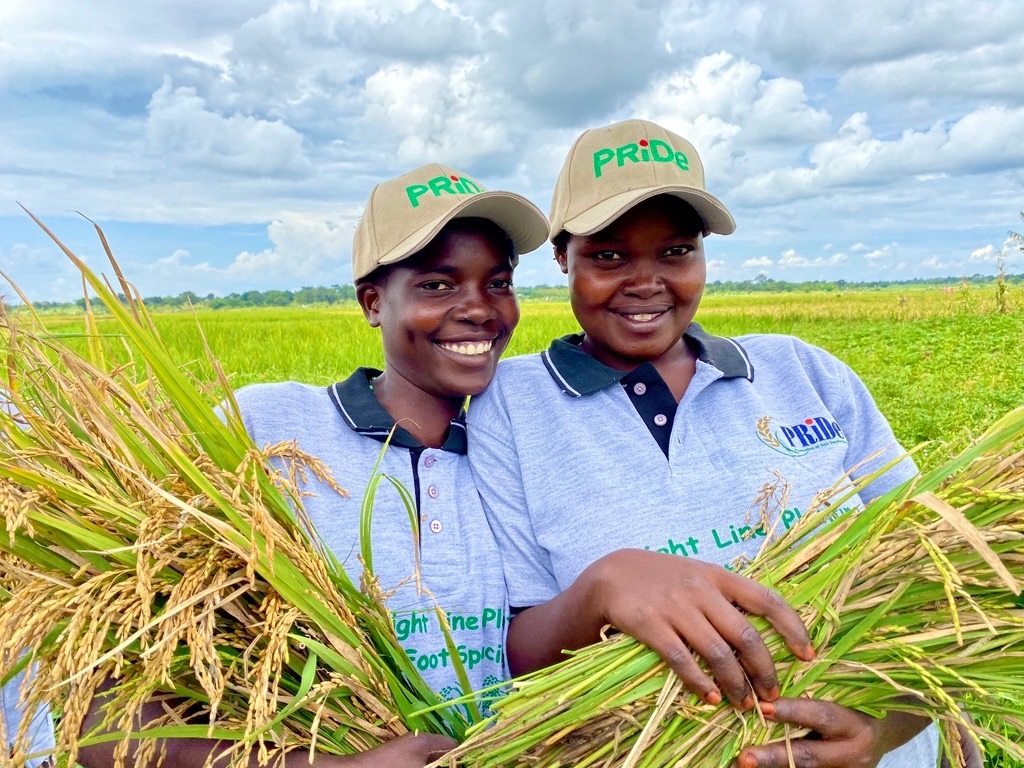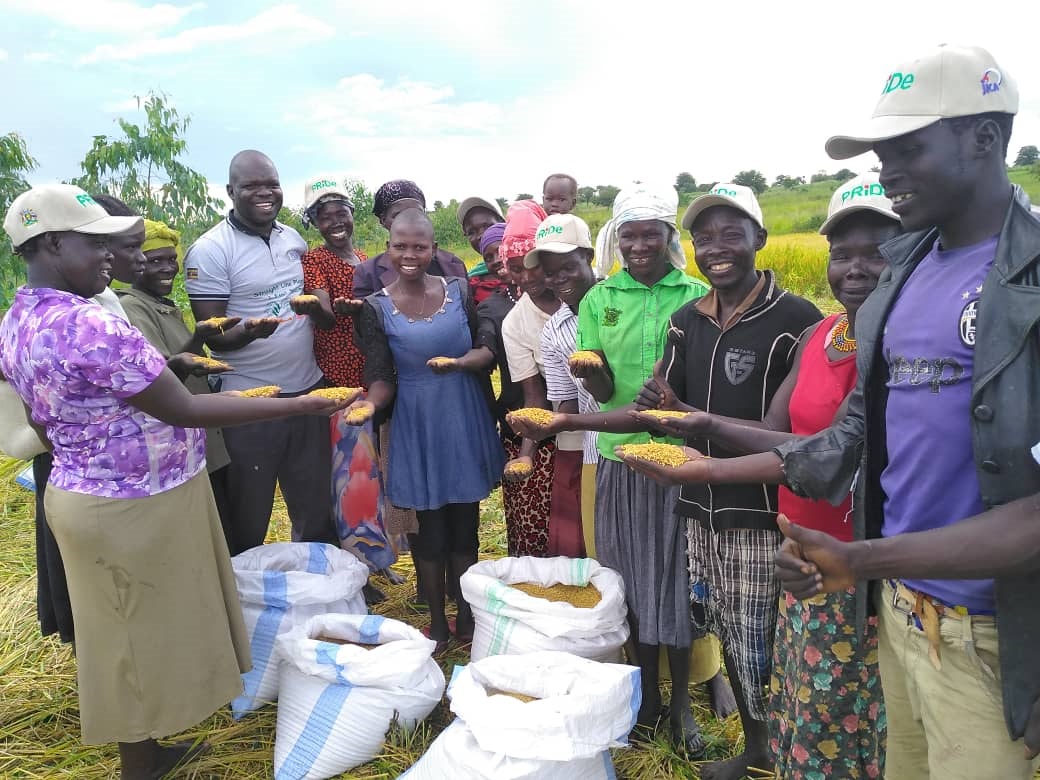NDP III Meat Export Opportunities
The Government of Uganda is implementing the third National Development Plan (NDPIII) 2020/21 – 2024/25 with a strategic vision, goal and theme.
NDP III Vision:
“A Transformed Ugandan Society from a Peasant to a Modern and Prosperous Country within 30 years”
NDP III Goal:
“To Increase Average Household Incomes and Improve the Quality of Life of Ugandans.”
NDP III Theme:
“Sustainable Industrialization for inclusive growth, employment and sustainable wealth creation”
Opportunities in Agro-industrialization:
NDPIII highlights 5 broad opportunities that Uganda can expect from Agro-Industrialisation (AGI) as the country embarks on its long-term aspiration of transitioning into a modern industrial economy.
First, AGI presents an avenue for promoting inclusive and equitable growth. Second, Uganda has a positive trade balance in agro-industrial products. Third, it provides an opportunity to add value to agricultural raw materials in order to promote export expansion of high value products. Fourth, it provides an opportunity for import replacement. Fifth, it provides an opportunity to address the high post-harvest losses, stabilize prices and increase household incomes.
Additionally, the backward and forward linkages between agriculture and agro-industries will necessitate that Uganda sustainably transform agro-value chains to ensure sufficient supply for domestic industries to undertake transformative sustainable manufacturing while creating employment for its citizens.
Background:
The first of 7 key results to be achieved through agro-industrialisation over the next five years is:
(i) Increase the total export value of processed agricultural commodities; coffee, tea, fish, dairy, meat and maize (and its products) from USD 1 Billion to USD 4 Billion.
One of the interventions planned for in NDP lll to contribute to the realisation of this improvement in meat, among other exports is the establishment of meat processing factories in Nakasongola and Mbarara.
This is highlighted in Intervention 3 of Objective 3 which is "To Establish new and expand existing agro-industries for processing of key agricultural commodities."
- Complete the Uganda Crane Creameries Cooperative Union in Mbarara with a capacity of 500,000 liters per day
- Complete Kayonza, Mabale and Zombo tea factories
- Establish 2 Starch and 3 ethanol processing factories from cassava in Gulu, Tororo and Lira
- Establish at least two soluble coffee plants and 20 coffee washing stations in central and eastern Uganda
- Establish five new and expand the existing 2 spinning and textile mills
- Establish 10 new garment making factories the cities
- Establish 2 new vegetable oil mills in Lira and Kiryandongo and expand the vegetable oil refinery in Jinja
- Establish 5 more fruit factories including; Masaka, Arua, Kanungu, and Bundibugyo
- Establish meat processing factories in Nakasongola and Mbarara
- Establish fish processing factories in Mukono, Jinja, Kamuli and Serere
- Complete Atiak Sugar factory and construct a farmer-based sugar factory in Busoga
- Enforce micronutrient industrial food fortification of the already identified food vehicles.
Contact details for more information about interventions already underway through the Meat Export Services Support Project (MESSP):
Project Page: https://www.agriculture.go.ug/messp/
Project Coordinator: Dr. Stephen Kajura (stephen.kajura@agriculture.go.ug)
Knowledge Management Office: Mr. Solomon Kalema Musisi (solomon.kalema@agriculture.go.ug)
Other projects
- National Oil Palm Project Uganda
- NUFLIP PHASE 1
- The UMFSNP project
- Banana Livelihood Diversification project
- Uganda-China Cooperation
- The ACDP project
- The VODP2
- The ENRP project
- The ATAAS project
- The PISD project
- The RPLRP project
- The MOBIP project
- The Goat Export Project
The Uganda Multi-sectoral Food Security and Nutrition Project (UMFSNP) is implemented, over a period of five years, by the Government of Uganda (GoU) through the Ministry of Agriculture, Animal Industry, and Fisheries (MAAIF) working in a multi-sectoral collaboration with the Ministry of Health (MoH) and the Ministry of Education, Science Technology and Sports (MoESTS)
This project helps to support vulnerable communities in Western Uganda to better adapt to the effects of climate change (CC) through banana value addition activities, to provide greater opportunities for income generation, poverty reduction and food security
The Government of the Republic of Uganda and the Government of the People’s Republic of China have had a cordial relationship for a long time. China has made significant contributions to Uganda’s Agricultural sector development including provision of project aid to Uganda in form of interest-free loans and grants. Notable ones include the Kibimba and Doho rice schemes, Wakawaka Fish landing site, Kajjansi Aquaculture Training Centre, Hydropower Stations and Road Construction. Trade has included leather, coffee, fish and food products among others.
The Ministry of Agriculture, Animal Industry and Fisheries (MAAIF), with support from the World Bank is implementing the Agriculture Cluster Development Project (ACDP). The project arose from the need to implement the Ministry’s comprehensive plan to operationalize the Agriculture Sector Development Strategy and Investment Plan 2011/12 – 2014/15 (now Agriculture Sector Strategic Plan 2015/16 – 2019/20) and in line with the Uganda National Development Plan.
Uganda imports 60-70% of its edible and soap needs; Population growth and rising incomes continue to fuel an annual growth rate of 9% in domestic and regional demand for vegetable oil and its by-products. VODP 2 is Uganda’s strategic effort and increase domestic vegetable oil production, address rural poverty by involving smallholder farmers in oil crops production and improve the health of the population through increased vegetable oil intake.
The project is expected to increase production and productivity, mainly of small holder rice farmers, by focusing on those factors that currently limit production which include;
In 2010, the ATAAS project was developed as an investment in maintaining and raising the level of farmer productivity and household income through the development and adoption of modern farming technologies, techniques and strengthening market linkages. The project had key activities along the research-extension-farmer-market value chain continuum under five components: (1) Developing Agricultural Technologies and Strengthening the National Agricultural Research System (NARS); (2) Enhancing Partnerships between Agricultural Research, Advisory Services and other Stakeholders; (3) Strengthening the National Agricultural Advisory Services (NAADS); (4) Supporting Agribusiness Services and Market Linkages; and (5) Program Management and Coordination.
The Ministry of Agriculture, Animal Industry, and Fisheries (MAAIF) and Japan International Cooperation Agency (JICA) agreed to execute a study for Irrigation Scheme Development referred to as The Project on Irrigation Scheme Development in Central and Eastern Uganda (PISD) through technical cooperation.
The focus was on establishment of medium and large scale irrigation scheme in Uganda targeting farmers cultivating mainly rice in lowland areas with season flooding and unreliable agricultural water source(s). The Study has was entrusted by JICA to the JICA Study Team consists of a consultant from Japan in collaboration with counterpart staffs from MAAIF and MWE. A total of 10 candidate sites districts were studied for irrigation development potential in the districts of Butambala, Buikwe, Kween, Sironko, Bukedea, Bulambuli, Mbale, Butaleja, Budaka and Soroti..
The Regional Pastoral Livelihoods Resilience Project (RPLRP) is a regional project financed by a USD 40 Million loan got by GOU from the World Bank and implemented by three IGAD member states: Uganda, Kenya and Ethiopia.
The RPLRP was prepared within the framework of the IGAD Drought Disaster Resilience and Sustainability Initiative (IDDRSI) and aligned with the Regional Programming Paper (RPP) and Country Programming Paper (CPPs).
Uganda Vision 20140 is a key strategy document for the government of Uganda (GOU) and aims to make Uganda a middle-income country by 2040. The National Development Plan II (NDP2) mentions the development of the livestock sector as one of these strategies, and in particular Uganda’s ability to produce some of the best beef in Africa.
Project Objectives
“To enhance the contribution of the goat industry to farmers’ income and welfare.”
Specific objectives
Avail improved indigenous and exotic (Savannah) goat germplasm to farmers in the project area which will serve as a springboard for establishing a pilot goat export zone in the country
To establish open nucleus breeding herds coupled with systematic cross breeding programme for generating meat goat types for fattening and
Improve the goat management systems and create sustainable supplies of quality goats for internal and export markets.





